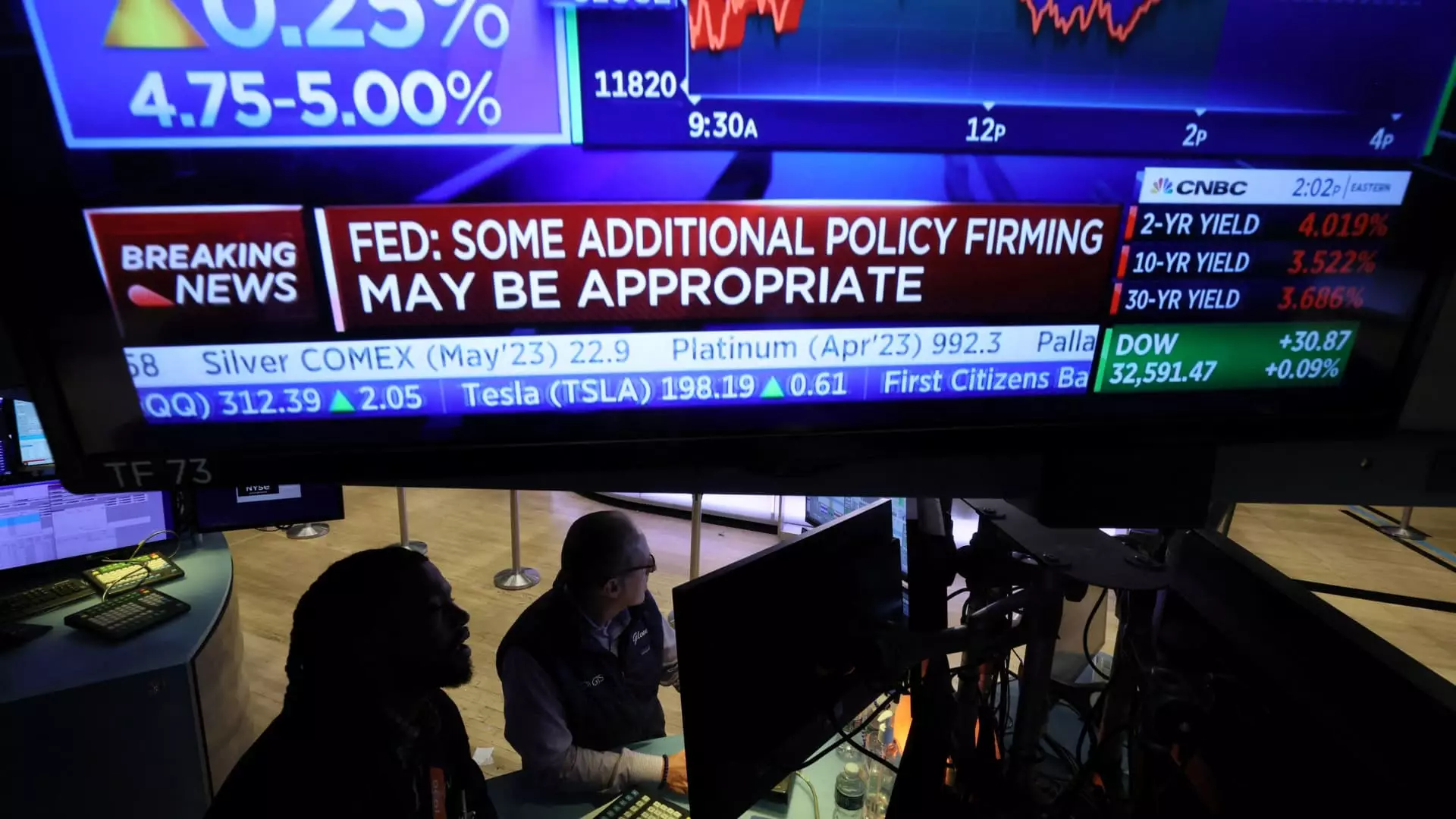Tony Dwyer, the chief market strategist at Canaccord Genuity, believes that the Federal Reserve may have new reasons to consider cutting rates deeper in the second quarter. He points to a deteriorating jobs market and easing inflation as factors that could ultimately drive the Fed to take more aggressive action. Dwyer expressed his concerns about the incoming data, particularly highlighting the falling employment survey participation rates that are potentially skewing the job report data.
At the March Federal Reserve policy meeting on interest rates, officials tentatively planned to slash rates three times this year. This move would mark the first rate cuts since March 2020. Dwyer predicts that these rate reductions could benefit financials, consumer discretionary, industrials, and healthcare stocks. He encourages investors to focus on the broadening theme of weakness in the market rather than solely relying on mega-cap weighted indices.
Dwyer suggests that the market performance is expected to become more balanced by the end of the year and into 2025. He emphasizes that the earnings growth participation is broadening beyond the “Magnificent Seven,” which comprises top-performing tech companies like Alphabet, Amazon, Apple, Meta Platforms, Microsoft, Nvidia, and Tesla. These companies have outperformed the broader market this year, with the S&P 500 hitting record highs and posting its strongest first-quarter gain in five years.
Despite the market’s current momentum, Dwyer advises caution when considering investment decisions. He warns that being overbought and reaching extremes to the upside may signal the need to wait for a more favorable opportunity. Dwyer believes that a better chance for investment may come with worsening employment data that prompts the Fed to cut rates, indicating potential concerns about the overall economy.
Reflecting on the information provided, it is clear that there are significant concerns and considerations regarding the Federal Reserve’s potential actions and their impact on the market. Investors should be mindful of these factors as they navigate the ever-changing financial landscape.

